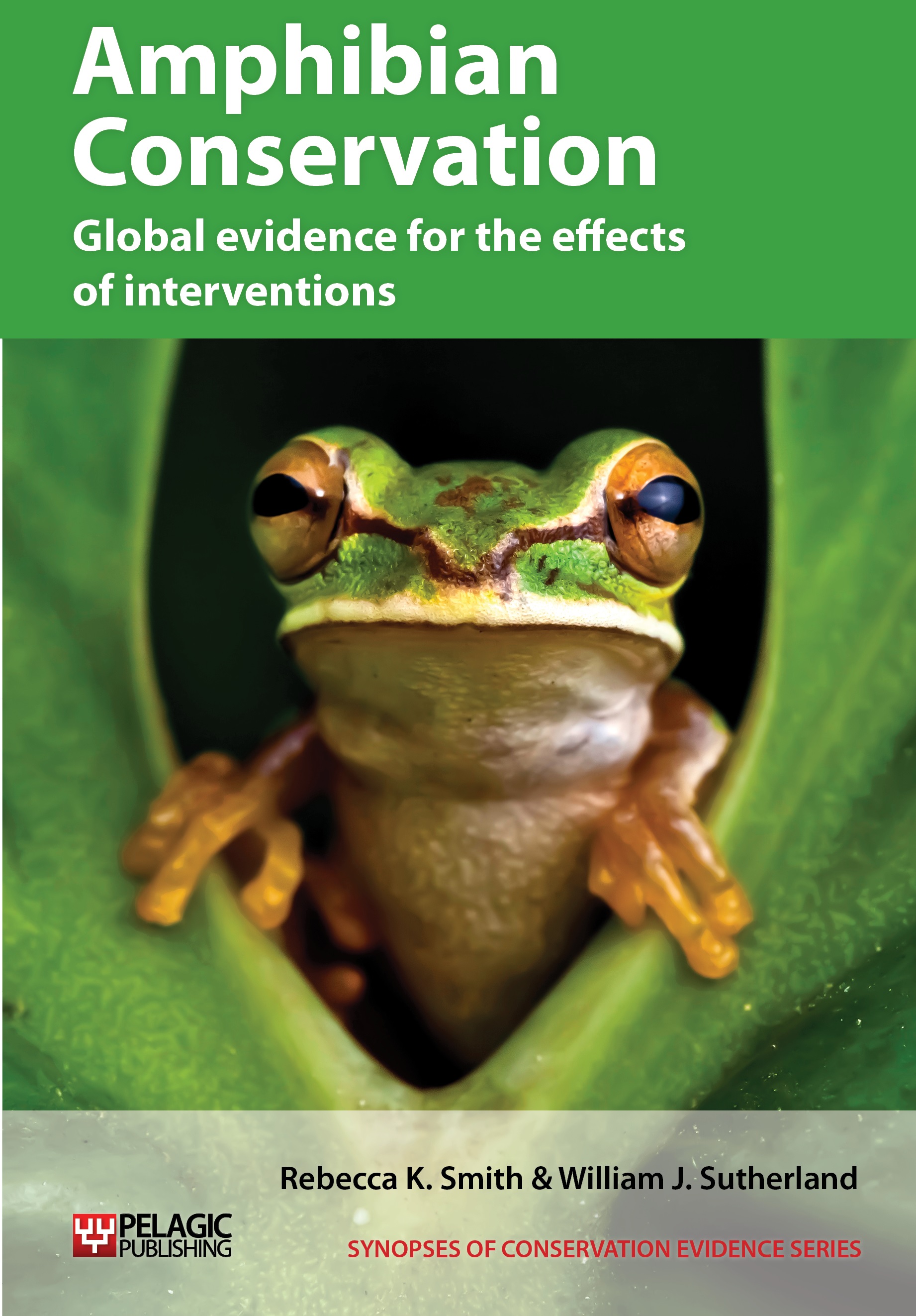Create ponds for green toads
-
Overall effectiveness category Likely to be beneficial
-
Number of studies: 3
View assessment score
Hide assessment score
How is the evidence assessed?
-
Effectiveness
73% -
Certainty
59% -
Harms
0%
Study locations
Supporting evidence from individual studies
A replicated, before-and-after study in 1986–1993 of 29 created ponds on the island of Samsø, Sweden (Amtkjær 1995) found that green toads Bufo viridis used 17 ponds and bred in 12. Breeding was successful in 10 of the 12 ponds. Toads colonized the ponds over three years. The ponds were created in 1989–1992. Private owners were offered payment by the county to build ponds, provided fish, crayfish and ducks were not introduced and a 10 m pesticide-free zone was maintained around each pond.
Study and other actions testedA before-and-after study in 1989–1997 of 23 created and 25 restored ponds within coastal meadows on nine islands in Funen County, Denmark (Briggs 2003) found that pond creation and restoration, along with terrestrial habitat management, significantly increased a green toad Bufo viridis population. Overall, the population on the islands increased from 1,112 to 3,520 toads over the seven years. Numbers were similar on islands with just pond creation and restoration (1,020 to 952) and increased on the two where cattle grazing was also reintroduced (92 to 2,568). Overall, pond occupancy increased from 23 to 51 and the number of ponds with successful breeding increased from nine to 15. In 1989–1997, ponds were created or restored by removing plants and dredging. Cattle grazing was reintroduced to 73 ha of coastal meadows and abandoned fields on two islands. Populations were monitored annually in 1990–1997 during 2–3 call and visual surveys and dip-netting surveys. One population was also monitored in 1987–1989.
Study and other actions testedA controlled, before-and-after study in 1986–2004 of coastal meadows in Funen County, Denmark (Briggs 2004) found that pond creation, along with other interventions, significantly increased populations of green toads Bufo viridis. On 10 islands, green toads increased from 1,132 in 1988–1990 to over 10,000 adults in 2004. Numbers remained similar on four islands with no management (512 to 510). Pond occupancy increased from 27 in 1988 to 61 in 1997 and ponds with successful breeding from 11 to 22. From 1986–1991, 23 ponds were created and 25 restored (reed removal) for green toads on 16 islands. Cattle grazing was reintroduced on six and continued on ten islands. Green toad eggs were translocated to one island. Four populations were monitored annually and others less frequently during 2–3 call and visual surveys and dip-netting.
Study and other actions tested
Where has this evidence come from?
List of journals searched by synopsis
All the journals searched for all synopses
This Action forms part of the Action Synopsis:
Amphibian Conservation
Amphibian Conservation - Published 2014
Amphibian Synopsis





)_2023.JPG)














